As November’s presidential election approaches, the COVID-19 pandemic’s impact on the nation has become a main focus of the campaign. Democratic nominee Joe Biden has billed it as his top issue, underscoring the toll it has taken on public health and the economy under the current administration and promising to give it his full attention if elected. In contrast, President Trump has downplayed the pandemic, conspicuously presiding over rallies without donning a face mask, seemingly to diminish fears of contracting the virus.
This latter narrative among Republicans might have been more understandable earlier in the year, when the primary regions hit hard by the virus were Democratic strongholds. That changed somewhat in the late spring, as COVID-19 spread to less urban parts of the country. But the analysis presented below shows that COVID-19 spread much more dramatically during the height of the summer to states, counties, and, in particular, small towns and rural areas that voted for Trump in the 2016 election.
A summer spread in red states
The pandemic’s spread from “blue” America to “red” is evident when looking at the rate of new COVID-19 cases per 100,000 population in states won by Trump or Hillary Clinton in the 2016 presidential election. This analysis looks at the spread over the bimonthly periods: March to April, May to June, and July to August.

In the first two-month period, blue states had new case rates that were nearly triple those of red states as a group. There were especially high rates in the northeastern states of New York and New Jersey (surrounding the New York metropolitan area), along with Massachusetts, Connecticut, and Rhode Island. In the May-to-June period, new case rates inched up among some red states, including Arizona, Nebraska, Louisiana, Iowa, and Mississippi, as well as blue states such as Maryland and Illinois.
State map
Yet it was during the summer months of July and August that red states showed a pronounced surge in new COVID-19 cases. As a group, these states added 1,277 cases per 100,000 population—well over twice the rate of the previous two months—and strongly surpassed new case rates in blue states.
As shown in Map 1, 17 states added at least 1,000 cases per 100,000 population over this period—of which, 15 voted for Trump in 2016. They were led by Florida, which had a two-month rate exceeding 2,000 new cases per 100,000 residents, followed by Louisiana, Mississippi, Alabama, Arizona, and Georgia. The only two blue states among these were Nevada and California. Moreover, among all 30 red states from 2016, all but one (Pennsylvania) showed higher new case rates from July and August than in each of the previous two-month periods.


Another feature of this summer dispersion of new COVID-19 cases is the spread away from urban cores and into smaller-sized places. Using a Brookings classification system of counties that identifies urban cores, large suburbs, small metropolitan areas, and non-metropolitan areas, Figure 2 makes this plain. While new COVID-19 case rates rose in all urban classifications in July and August compared to the earlier two-month periods, the summer case rates were much more similar across all urban types, rather than accentuated among large urban cores.
Figure 3 indicates that, for the most recent period, new case rates for all urban classifications are higher in red states than in blue states. There was a new rise in COVID-19 case rates in small towns and rural areas that supported Trump in 2016.
A county-level look at COVID-19’s spread
While the above analysis illustrates the pandemic’s summer spread toward red states, the focus here will be on the dispersion across the nation’s 3,100-plus counties, and the number of counties that increased their new COVID-19 case rates by at least 1,000 new cases per 100,000 population.

County map
As Table 1 indicates, there is a substantial rise in the number of such counties—from 65 during the March-to-April period to 212 from May to June, then to a whopping 1,084 from July to August. Those 1,084 counties are home to 43% of the U.S. population.
Two aspects of this dispersion are noteworthy. First is a large gain in cases for counties that voted for Trump in 2016. Second is the rise in cases for counties classified as non-metropolitan, small metro areas, and large suburban areas. These two dimensions go somewhat hand-in-hand, as smaller-sized areas tend to vote Republican.
The initial March-to-April period epitomized the view—often promulgated by Trump supporters—that COVID-19 was heavily concentrated only in Democratic-leaning, highly dense urban core areas. Thirty of the 65 counties in which new COVID-19 cases exceeded 1,000 per 100,000 residents during this period voted Democratic in 2016. And because this group included populous counties in the New York metro area, Democratic-voting counties were home to 80% of the total residents of those 65 counties. While only 19 of these 65 counties are classified as urban cores, those 19 counties comprised the lion’s share of all residents in this group.
Turning to the May-to-June period, the number of Republican-leaning counties where new COVID-19 cases exceeded 1,000 per 100,000 residents rose from 35 to 157. Small and non-metropolitan counties rose from 34 to 192. Both of these were far larger increases than among Democratic and larger-sized counties. Once again, though, Democratic-leaning counties are larger in size, so residents of blue counties comprised 65% of this group’s population even though they represented just 55 of its 212 counties.
The biggest increases in COVID-19 case rates for Republican, rural, and suburban counties occurred in the July-to-August period. Of the 1,084 counties where cases exceeded 1,000 per 100,000 residents, 877 voted Republican in 2016, and all but 32 were classified as non-metropolitan, small metropolitan, or large suburban counties. And even though urban and Democratic counties are larger in size, nearly half of all residents in these 1,084 counties (an aggregation of many small towns and rural areas) voted for Trump in 2016.
The pandemic’s election effect
As Map 2 indicates, the red counties with new high COVID-19 case rates are heavily represented in all parts of the country, but a fair number are located in what might be considered November’s swing states: Florida, Arizona, Georgia, North Carolina and Texas. Clearly, the recent rise in new COVID-19 cases in these counties should raise concerns about the pandemic in ways that cannot be easily be dismissed.
Now that we are in the throes of a presidential election, the wide sweep of new COVID-19 cases across broad stretches of the country—especially Republican-leaning states and counties—will surely be on the minds of voters. It remains to be seen whether or not President Trump’s attempt to downplay the pandemic’s impact on the lives of residents—whether red or blue, rural or urban—will work to his campaign’s advantage. However, even if there was some doubt in the late spring of this year, this new data makes it clear that COVID-19 is not the problem of people “somewhere else.”
The Brookings Institution is committed to quality, independence, and impact.
We are supported by a diverse array of funders. In line with our values and policies, each Brookings publication represents the sole views of its author(s).
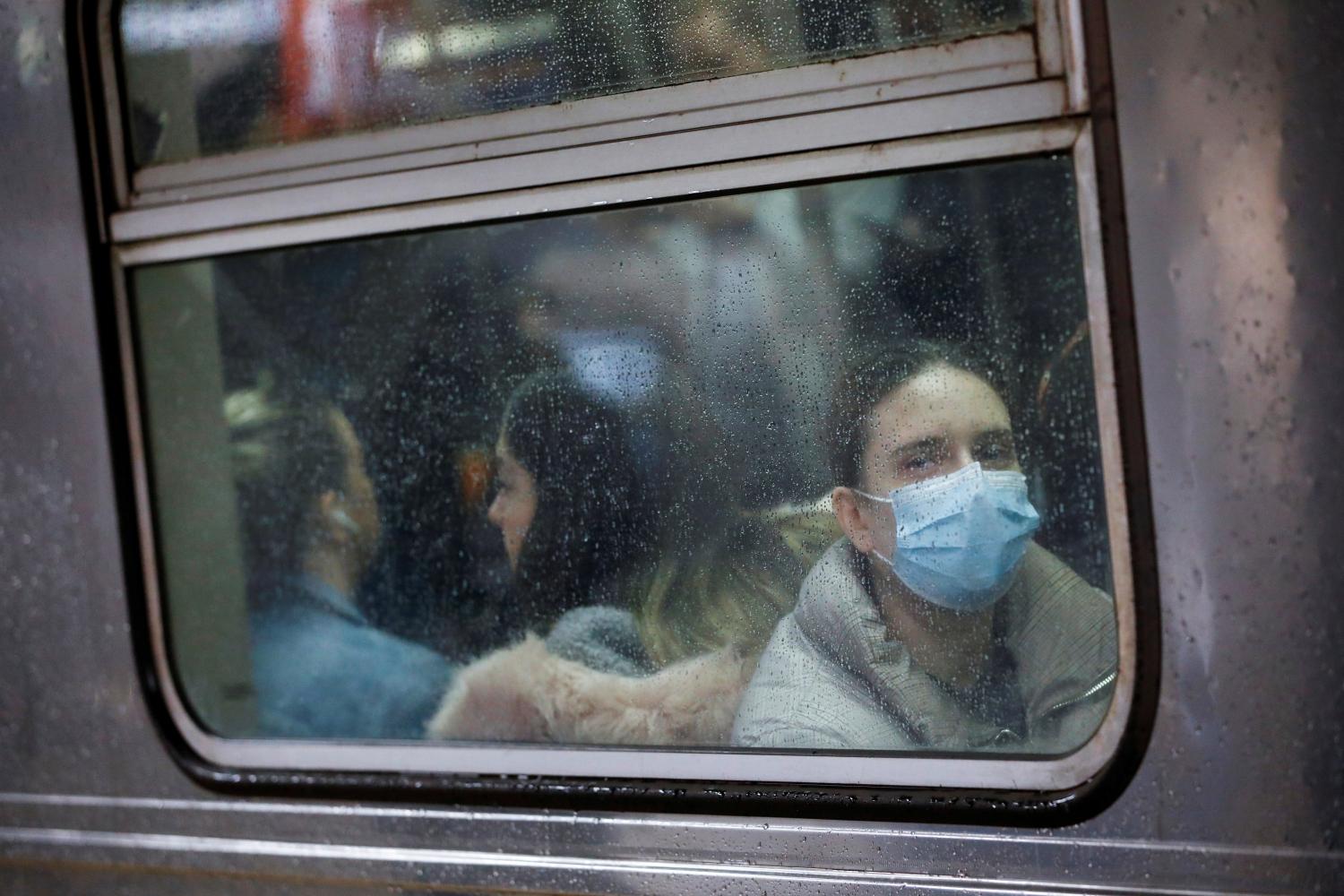
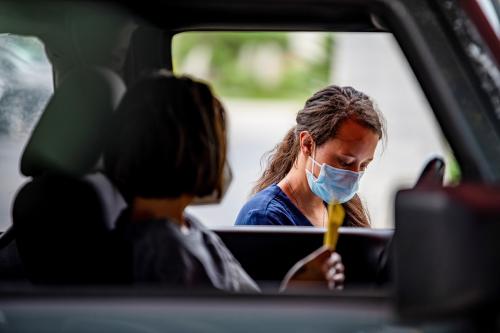
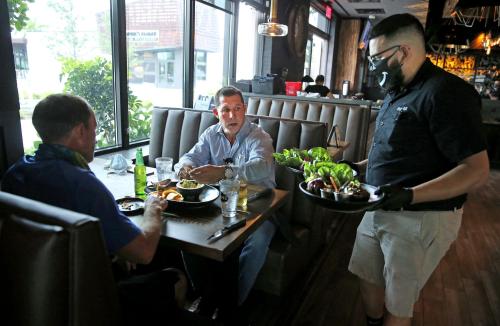
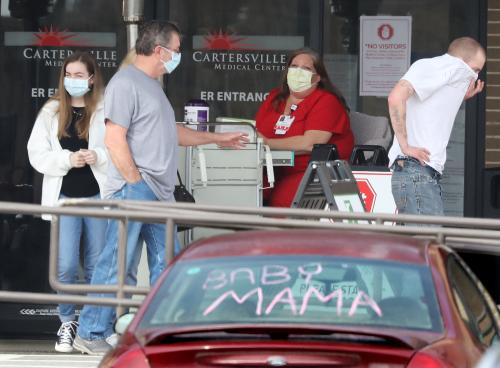


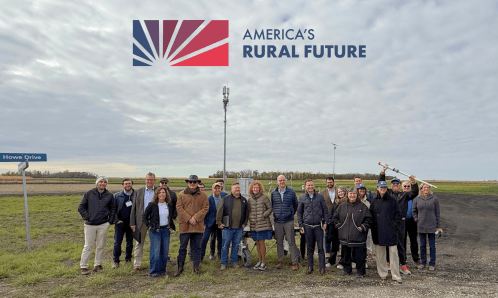
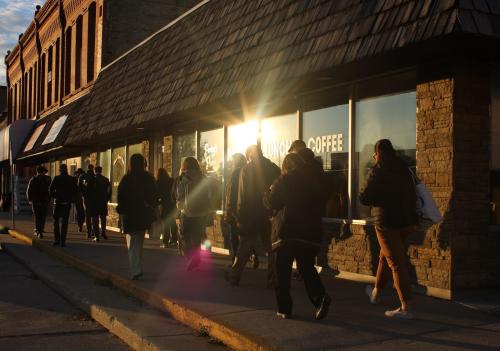
Commentary
COVID-19’s summer surge into red America sets the stage for November’s election
September 14, 2020